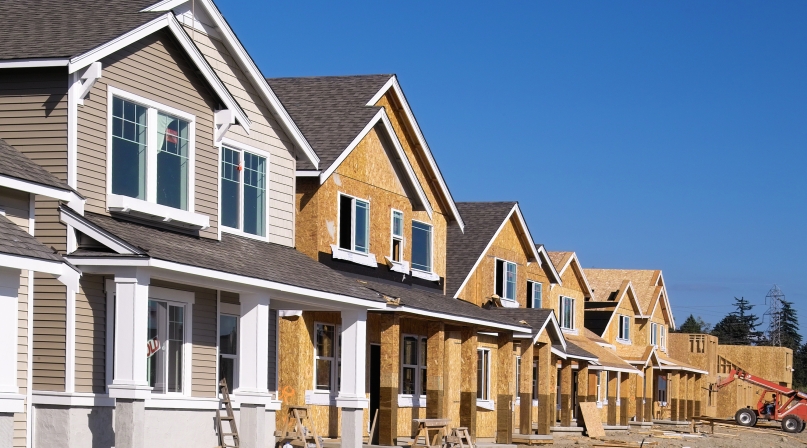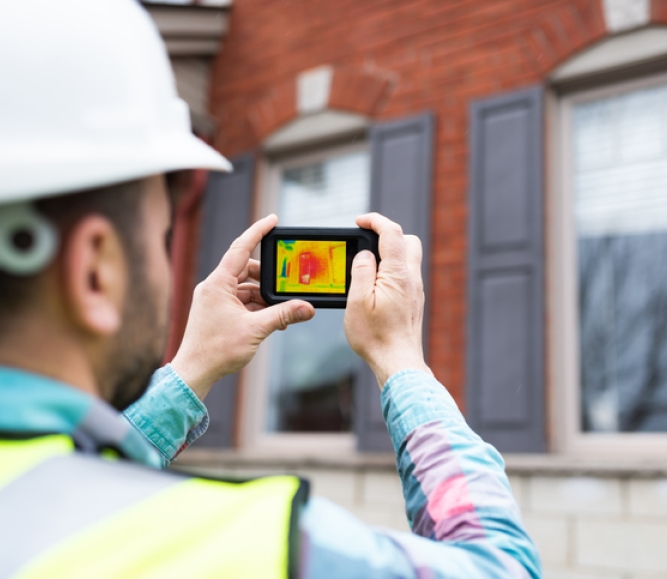HUD announces new energy standards for affordable housing
Author

Julia Cortina

Charlotte Mitchell Duyshart
Upcoming Events
Related News

Key Takeaways
On April 24, the U.S. Department of Housing and Urban Development (HUD) and the U.S. Department of Agriculture (USDA) announced the adoption of new energy-efficiency standards for the construction of new single and multifamily homes. The standards will apply to new construction under several HUD and USDA programs and will go into effect on May 28, 2024.
What are the new standards?
The new standards fulfill a requirement from the Energy Independence and Security Act of 2007 (P.L. 110-40) that directs HUD and USDA to adopt the most recently published energy-efficient standards that are supported by the
- International Energy Conservation Code (IECC)
- American National Standards Institute (ANSI)
- American Society for Heating, Refrigerating and Air-Conditioning Engineers (ASHRAE)
- Illuminating Engineering Society (IES)
HUD and USDA have not updated their energy efficiency standards since 2015 and this action will bring them back into compliance with the statute.
Highlights of this action include:
- The new standards apply to new construction financed through the HOME Investment Partnerships Program, Project Based Vouchers, Choice Neighborhood Grants, USDA Direct and Guaranteed Home Loan programs, the Housing Trust Fund and more.
- Community Development Block Grant (CDBG)-financed housing is excluded from these standards.
- In persistent rural poverty areas, compliance with the new standards will be required 24 months after the May 28 start date.
How will counties and our residents be impacted?
- As of December 2023, six states (California, Washington, Connecticut, New Jersey, Vermont, and Illinois) have already adopted the 2021 IECC, and five states (Florida, Louisiana, Montana, Maryland, and Oregon) adopted the 2021 IECC with weakening amendments.
- Housing will generally have more insulation in the walls and roofs, better air sealing and windows, more energy-efficient heating and cooling systems, and reduced pollution.
- HUD and USDA estimate that code compliance costs from this rule on average will add approximately $37 to monthly mortgage payments, but save homeowners $80 a month on monthly energy bills, resulting in a yearly savings of $524.
Additional Resources
Advocacy
DOE announces competitive Energy Efficiency and Conservation Block Grant Program funding
Competitive portion of EECBG Program now open, with concept papers due by June 5

Resource
Housing Affordability for America's Counties

Related News

U.S. House of Representatives passes SPEED Act and other permitting reform bills
On December 18, the U.S. House of Representatives passed the SPEED Act (H.R. 4776). The SPEED Act would strengthen county involvement in decision-making and make needed commonsense reforms to the federal environmental review process.

House Natural Resources Committee advances the Endangered Species Act Amendments Act of 2025
On December 17, the House Natural Resources Committee advanced the Endangered Species Act (ESA) Amendments Act of 2025 (H.R. 1897). The version passed by the committee adopted several changes from the initial bill and would address key county concerns by improving the implementation of the ESA. The legislation now awaits a floor vote before the whole U.S. House of Representatives.

Senators introduce bipartisan UPGRADE Act to support small and rural public water systems
On December 15, Sens. Lisa Blunt Rochester (D-Del.) and Roger Wicker (R-Miss.) introduced the Unincorporated Partnerships for Grant Resources, Assistance, and Drinking Water Enhancements (UPGRADE) Act (S. 3465), a bipartisan bill that would strengthen federal support for small public water systems and helps unincorporated communities access clean and affordable water.